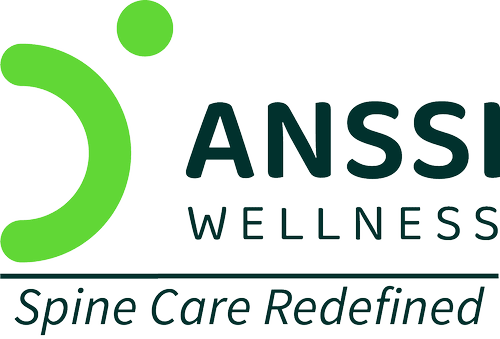If you are suffering from spinal stenosis-related back pain, it does not mean that you should have to live with it. Living with back pain can lower your quality of life and prevent you from engaging in activities that you like. Pain medications, physical therapy, and steroid treatment are options that you may consider, but they generally provide temporary relief and do not address the underlying cause of your back pain. In addition, there is a possibility of adverse effects if steroids and medications are used every day.
The pain caused by spinal stenosis can be effectively treated with the non-surgical technology of spinal decompression. Let us find out how.
Spinal Stenosis: What is It?
In spinal stenosis, the spaces around the spine and in between the vertebrae begin to narrow. This condition is most prevalent in the lower back causing lumbar stenosis. Painful symptoms can result due to increasing pressure on nearby nerves. This can cause tingling, numbness, and weakness.
Osteoarthritis along with wear and tear due to ageing are two of the most common causes of spinal stenosis. Whether caused by bone overgrowth, herniated discs, or other spinal injuries, the condition begins when the open space in the spine begins to narrow. People over the age of 50 are more likely to develop spinal stenosis. This will make it uncomfortable or even difficult to stand up, walk, or sit down.
To diagnose the condition, a doctor will typically conduct a physical exam and may also use diagnostic imaging procedures like X-rays, CT scans, or MRI scans.
Spinal Decompression: What is It?
The spinal decompression technology is designed to alleviate your pain by gently stretching your spine and relieving the pressure on your spinal discs. Back pain caused by issues like herniated discs, sciatica, and spinal stenosis is commonly treated with spinal decompression.
Spinal decompression can be divided into two categories: both surgical and non-surgical spinal decompression. Non-surgical spinal decompression is a treatment option that doesn’t hurt and can help you get rid of your back pain right away. Here, the doctor controls the motorised traction used in the treatment, with no injections or medications involved. The spinal decompression table has straps that wrap around your body and are connected to a computer to keep you safe. Then, the table moves in specific ways to reduce the pressure your spine currently gets. In contrast to other conventional treatments, spinal decompression technology addresses the underlying cause of stenosis.
What Are the Benefits of Spinal Decompression for Spinal Stenosis?
It is possible for your spine and nearby nerves to experience excessive pressure when the space between your vertebrae begins to narrow or become compressed. By allowing for more space with gentle stretching, spinal decompression relieves pressure on the spine and nerves.
The tension that is causing you so much pain can be reduced with non-surgical spinal decompression technology. When the spine gets narrow, it can be harder and harder for nutrients and water to get to these spinal nerves and discs, which can make your pain worse. Spinal decompression technology helps your spine and nerves function by creating a healthier environment. Non-surgical spinal decompression promotes healing by allowing healthy nutrients to reach the affected area.
Non-Surgical Treatment
Visit ANSSI Wellness for spinal decompression technology that will provide you with long-term relief from pain occuring due to spinal stenosis. You can find out if spinal decompression is right for you by scheduling an appointment with us right now!
About ANSSI:
ANSSI Wellness focuses on improving the quality of life for patients suffering from spinal issues, aiming to provide relief where other conventional treatments have failed. Through advanced non-surgical spinal decompression treatment, ANSSI is committed to helping patients avoid surgery and recover in a safe, effective, and compassionate environment.
FAQs
Yes, in many cases, the bulging disc symptoms go away after a period of time.
MRI is the best diagnostic test to detect herniated and bulging discs.
Massage can provide short-term relief from chronic back pain caused by a bulging disc.



